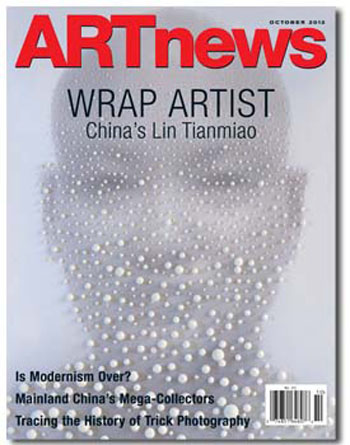
Kim Levin just published an article in ARTnews describing the end of postmodernism and the emergence of metamodernism. She writes:
In the past couple of years, there’s been a new post- Postmodern movement lurking in Europe: Metamodernism. It features an agenda that involves art that is impermanent, incremental, provisional, and idiosyncratic, as well as site-specific and performative, emotive and perceptual, devious and questioning.
Advanced by cultural theorists Timotheus Vermeu- len and Robin van den Akker, who have published Notes on Metamodernism as a webzine, Metamodernism neatly negotiates the built-in confusions and contradictions between Modernism and Postmodernism. Vermeulen and van den Akker propose that “the Postmodern culture of relativism, irony, and pastiche” is finished, having been replaced by a post-ideological condition that stresses engagement, affect, and storytelling. “Meta,” they note, implies an oscillation between Modernism and Postmodernism and therefore must embrace doubt, as well as hope and melancholy, sincerity and irony, affect and apathy, the personal and the political, and technology and techne (which is translated as “knowingness”).
Sense and nonsense play a role, too. So does quir- kiness. In the foreground today are such so-called Metamodernists as Ragnar Kjartansson, Pilvi Takala, and Cyprien Gaillard, all of whom work in Berlin and whose work is characterized by a fluid esthetic that refers to nostalgia, make-believe, and old-fashioned painting as if it were performance. Kjartansson, who performs musically as well, painted one portrait a day of a friend in a Speedo swimsuit for the 2011 Venice Biennale. Takala’s video intervention in an office job, shown in the “Ungovernables” exhibition at the New Museum, followed the artist as she pretended to do nothing for days on end—a bewilderingly sincere performance that questioned the concept of labor. And Gaillard, interested in the concept of failure, combines picturesque romanticism and entropic Land Art, setting off fire extinguishers in the landscape, recording the rubble of demolished modern buildings, and commissioning landscape paintings. In the work of these artists, reality, fiction, old-fashioned representation, and recent relational strategies come to terms with failure, instability, and all the looming “as ifs” of the present moment.
